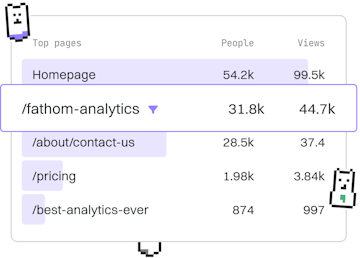Basics
HTML Headings
Using Heading Elements
HTML headings are <h1> to <h6>, defining content hierarchy and SEO weight.
Understanding HTML Headings
HTML headings are crucial for defining the structure and hierarchy of a web page. They range from <h1> to <h6>, with <h1> being the highest level and <h6> the lowest. Each heading level should be used to represent the importance and structure of content, helping both users and search engines understand the page's organization.
The Role of <h1> to <h6>
<h1> is typically used for the main title of the page and should be unique. Lower-level headings like <h2>, <h3>, and so on, are used to create sections and subsections, providing a clear outline of the content.
Best Practices for Using Headings
- Use headings to create a logical structure for your content, making it easier for users to read and navigate.
- Ensure each page has one <h1> tag, and use <h2> to <h6> for other sections.
- Maintain consistency in heading levels to avoid confusion.
- Incorporate keywords naturally to improve SEO without overstuffing.
SEO Importance of HTML Headings
Search engines use headings to understand the context and relevance of the content on the page. Proper use of headings can improve the page's SEO by clearly indicating the main topics and subtopics, making it easier for search engines to index the content accurately.
Accessibility Considerations
Screen readers rely heavily on headings to navigate a page efficiently. Using headings correctly ensures that all users, including those with disabilities, have a better experience. It's important to maintain a logical order and avoid skipping heading levels.
Basics
- Previous
- Comments
- Next
- Paragraphs
